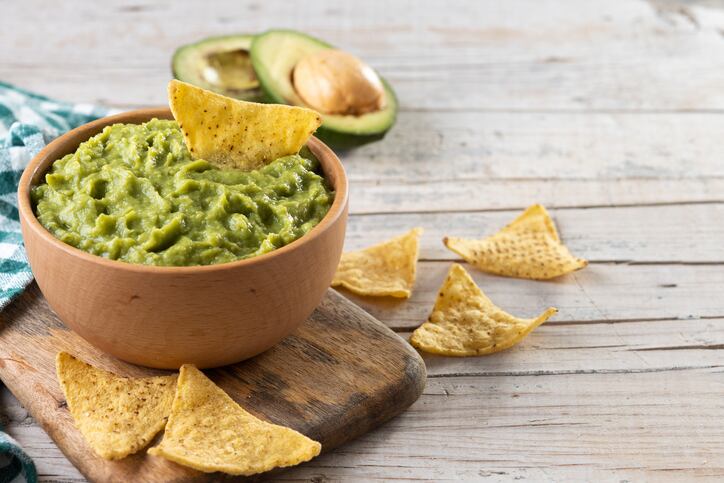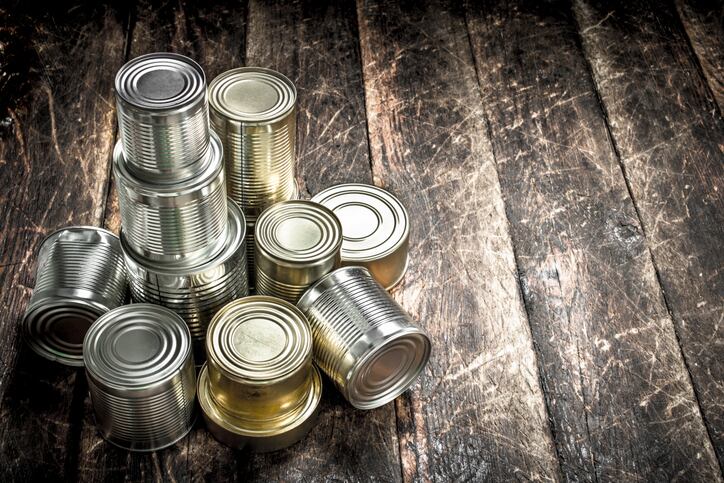Despite a better-than-expected second quarter, The Hershey Company is bracing for a bitter back half as it confronts delayed impact from rising cocoa costs and tax and tariff fluctuations, executives warned Wednesday.
The sweets and snacks maker celebrated a 32% increase in North American confectionery sales, an 8.8% sales increase in its North American salty-snack sales and a 4.4% increase in its international sales, which resulted in a 26% net sales increase in the second quarter ending June 29.
The gains were attributed in part to a late Easter holiday and increased consumer participation in Summerween, as well as a 6.7% increase in everyday chocolate retail takeaway, which CEO Michele Buck described as the highest level of growth since mid-2023.
The gains “exceeded our expectations” and demonstrate the company’s “robust category news and innovation,” as well as marketing strategies that are working, she said, adding they also reflect “consumers eating more chocolate during stressful periods.”
Buck said she expects the positive momentum to continue in the back half of the year when it expects 2% to 4% growth “behind strong innovation, merchandising plans and seasonal contribution.”
Unfortunately, she said, these gains are not enough to offset rising cocoa costs or the looming impact of tariffs.
“We are now modeling tariff expenses in the range of $170 million to $180 million,” and while “we remain hopeful that tariffs on our largest exposure will improve as trade negotiations continue” the company is “not planning for relief in 2025 and have fully embedded these incremental costs in our full year outlook,” said CFO Steve Voskuil.
This translates to a significant hit to the company’s projected gross margins and adjusted earnings per share for the full year. Now the company expects adjusted gross margins to decline about 675 to 700 basis points in 2025. It also expects adjusted earnings per share to fall 36% to 38% compared to its prior guidance of a drop in the mid-30% range.
“Without tariffs, we would have raised our full year adjusted EPS outlook. Our updated guidance fully reflects the risk from tax and tariff fluctuations, based on what we know today,” Buck said.
Will cocoa be spared from tariffs?
While bracing for the worst, Buck added she is “optimistic” the impact of tariffs may not be as bad as Hershey currently estimates.
“We have become increasingly comfortable that the government administration understands some of our concerns about the fact that cocoa can only be grown and sourced outside of the US. And so we feel good that they really understand that issue broadly, and we have started seeing more commentary more publicly addressing that,” Buck said.
In an interview with CNBC, US Commerce Secretary Howard Lutnick on Tuesday said the Trump administration may set zero tariffs for natural resources that are not grown in the US – such as cocoa – in the deals made so far, including with Indonesia, which agreed to a 19% tariff and a clause in which the US “may also identify certain commodities that are not naturally available or domestically produced in the United States for a further reduction in the reciprocal tariff rate.”
Buck said she understands “that there are still country negotiations that are underway that have to come to fruition and so the whole cocoa tariff has to be a broader part of that,” but she added, “We are optimistic relative to the fact that there are now public statements being made about this issue.”
How will cocoa prices impact Hershey’s business?
In addition to pressure from tariffs, Hershey must navigate rising cocoa costs in the back half of the year. Again, it appears to be bracing for the worse case scenario, while holding out hope for a better option.
“Though cocoa prices have retreated year-to-date, they remain volatile and significantly elevated versus history. Based on what we know today, we continue to anticipate inflation in our cocoa input costs year-over-year in 2026,” due in part to “our robust heading practices which locked in 2025 prices well below the market,” Buck said.
Earlier this month, Hershey warned retailers it would take a double-digit price increase across its US confection portfolio to offset anticipated increases in cocoa costs.
“The pricing announcement reinforces our commitment to covering commodity inflation with pricing over time,” Buck explained.
She added the company “will protect key promotional events and important tentpoles for our customers and consumers who rely on Hershey’s diverse portfolio of snacking options to celebrate life’s moments, big and small.”
This includes keeping more than 75% of items under $4.
The move also allows the company to continue investing in its brands and innovation, which are pivotal to the company’s long-term success, said Buck.



